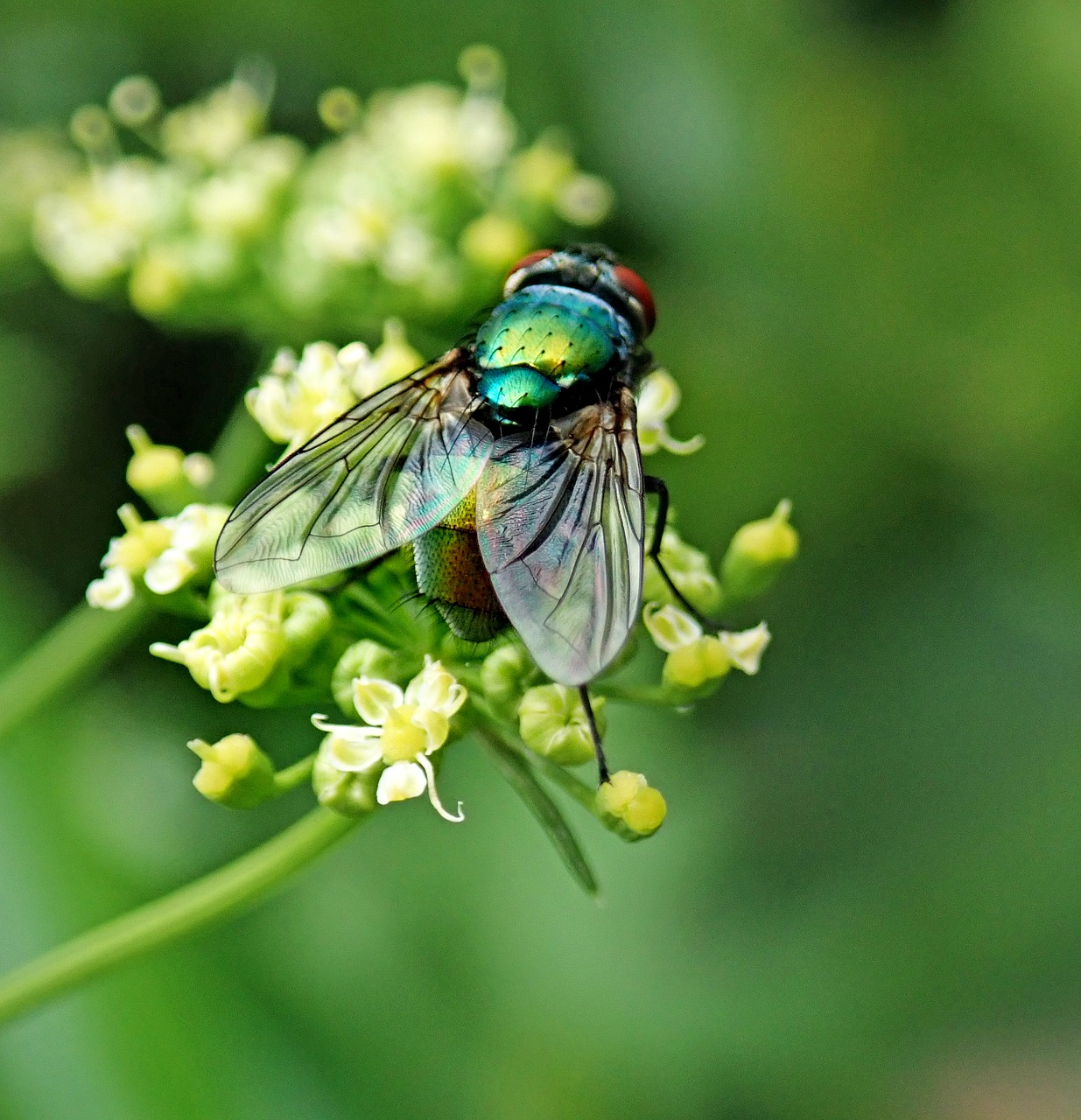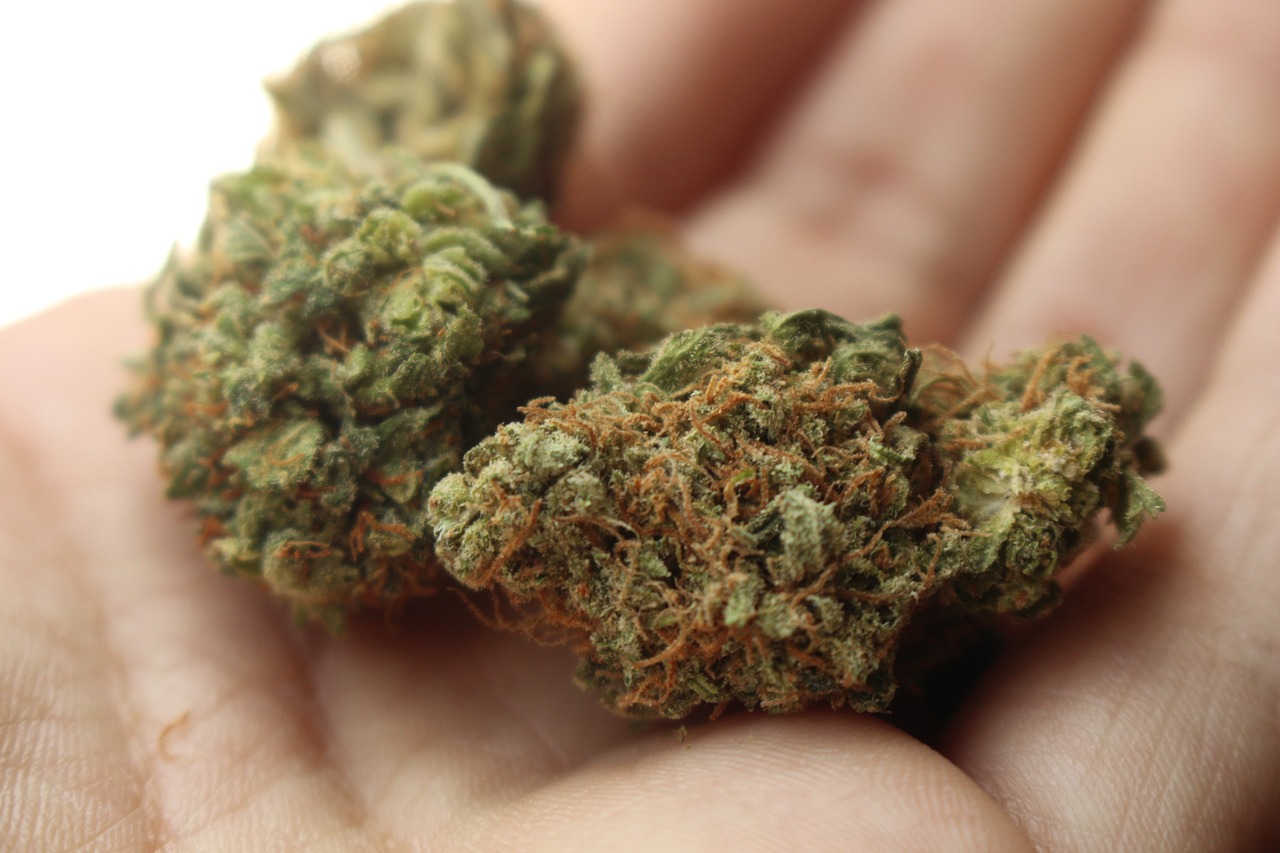Difference Between Pest and Weed
Both pest and weed are considered unfriendly to agriculture, humans, and the natural ecosystems. While they exist in different environments and hosts, they have similar effects. They both inhibit the proper growth and development of their surroundings.
Different agricultural and research reports list over 300,000 species of plants in the world. However, only three per cent of that number behaves as weeds. Additionally, it’s only 0.1 per cent of that number that poses problems to the ecosystem and agriculture.
Pest, on the other hand, is highly associated with inhibiting the proper development of living organisms including plants and animals. It can be a plant or an animal and is detrimental to anything related to humans, livestock, forestry, and crops.

Definition of Pest
A pest is a living organism, be it a plant, fungus, or animal that is harmful to and threatens the life and existence of human beings and human concerns, livestock, crops, and forestry. Also, the term is widely used to refer to living organisms that wreak havoc, for instance at home, workplaces, and food storage facilities.
Pests usually exist in high densities and have a higher reproduction rate. This means their negative impact and the damage they make is even more detrimental wherever they attack.
Even though the major concept is that a pest is malevolent, the concept is loose. This is supported by the fact that an organism can be considered a pest in a certain setting but be beneficial, acceptable, or domesticated in some especially if its existence prevents more harm. An example is the type of pest that attracts seed-eating birds thereby preventing them from destroying crop plantations.
Major Pests
According to the Food and Agriculture Organization, there are seven major categories of pests:
- Fruit borers
- Fruit-piercing moths.
- Leaf-feeding caterpillars.
- Leafrollers
- Beetle borers
- Scarab beetles
- Soft scales
- Bugs
- Mites
- Gall flies
- Fruit flies
Other categorizations are based on the effect an organism has on the eco-system, crops, humans, and livestock.

Definition of Weed
Weed is defined as any plant that undesirably grows or exists in a particular situation. Simply, it’s a plant growing in the wrong place and is mostly found in gardens, farm fields, parks, and lawns.
The term weed is also used in loose contexts because a plant could be a weed in one context if it grows in an area it is unwanted. It could also grow in an area where it is wanted, for example, to wade of seed-eating insects or birds.
Major Types of Weeds
There are three major types of weeds:
- Annual weeds: – weeds that germinate and spread by seed and have a one-year lifespan.
- Biennial weeds: – weeds that complete their cycles in two years.
- Perennial weeds: – weeds that return every year and in addition to seeds usually produce long tap roots.
Difference Between Pest and Weed
-
Meaning of Pest Vs. Weed
Pest is defined as a living organism, either a plant, fungus, or animal that is harmful to humans, human concerns, crops, and livestock and threatens their existence. Weed, on the other hand, is a plant that grows where it is not needed when it’s not needed.
-
Types of Pests Vs. Weed
The different and major pest types include beetle borers, scarab beetles, soft scales, bugs, mites, gall flies, fruit flies, fruit borers, fruit-piercing moths, leaf-feeding caterpillars, and leafrollers. Weed types, on the other hand, include wild violet, wild onion and garlic, weed tree saplings, dandelion, garlic mustard, thistle, broad-leaved dock, bindweed, broadleaf plantain, nutsedge, chickweed, yellow wood sorrel.
-
Pest Control Vs. Weed Control
The most commonly applied methods of pest control include Biological and cultural control methods, trap cropping, physical methods (including trapping and killing), poisoned baits, and fumigation.
The common methods used in weed control include powered cultivation using cultivators, hand cultivation using hoes, and smothering with mulch. Weeds can also be controlled or eliminated by way of lethal wilting with high heat, chemical attacks using herbicides, and burning.
Pest Vs. Weed: Comparison Table

Summary of Pest Vs. Weed
Both pests and weeds are living organisms. They are also detrimental to the existence of other living organisms and mostly crops, livestock, and human beings. However, despite their striking similar characteristics, the two are different in various ways including their nature as well as existence.
- Difference Between Minecraft and Terraria - August 7, 2020
- Difference Between Alliteration and Onomatopoeia Poems - July 25, 2019
- Difference Between Certification and Licensure - July 24, 2019
Search DifferenceBetween.net :
2 Comments
Leave a Response
References :
[0]Image credit: https://pixabay.com/es/photos/maleza-marihuana-stoner-olla-420-2517251/
[1]Image credit: https://pixabay.com/es/photos/mosca-insectos-pest-jard%C3%ADn-3877863/
[2]"7. MAJOR PESTS AND DISEASES". Fao.Org, 2019, http://www.fao.org/docrep/005/AC681E/ac681e09.htm.
[3]"Notification". Hgtv.Com, 2019, https://www.hgtv.com/design/outdoor-design/landscaping-and-hardscaping/12-most-common-weeds-pictures.
[4]YURTOĞLU, Nadir. "Http%3A%2F%2Fwww.Historystudies.Net%2Fdergi%2F%2Fbirinci-Dunya-Savasinda-Bir-Asayis-Sorunu-Sebinkarahisar-Ermeni-Isyani20181092a4a8f.Pdf". History Studies International Journal Of History, vol 10, no. 7, 2018, pp. 241-264. History Studies International Journal Of History, doi:10.9737/hist.2018.658.

I’m using a throwaway name and email because I just want to tell you — you’re using a photo of marijuana weed that people smoke instead of a garden weed, like dandelions for example. I would suggest you change it
Thanks it has been interesting